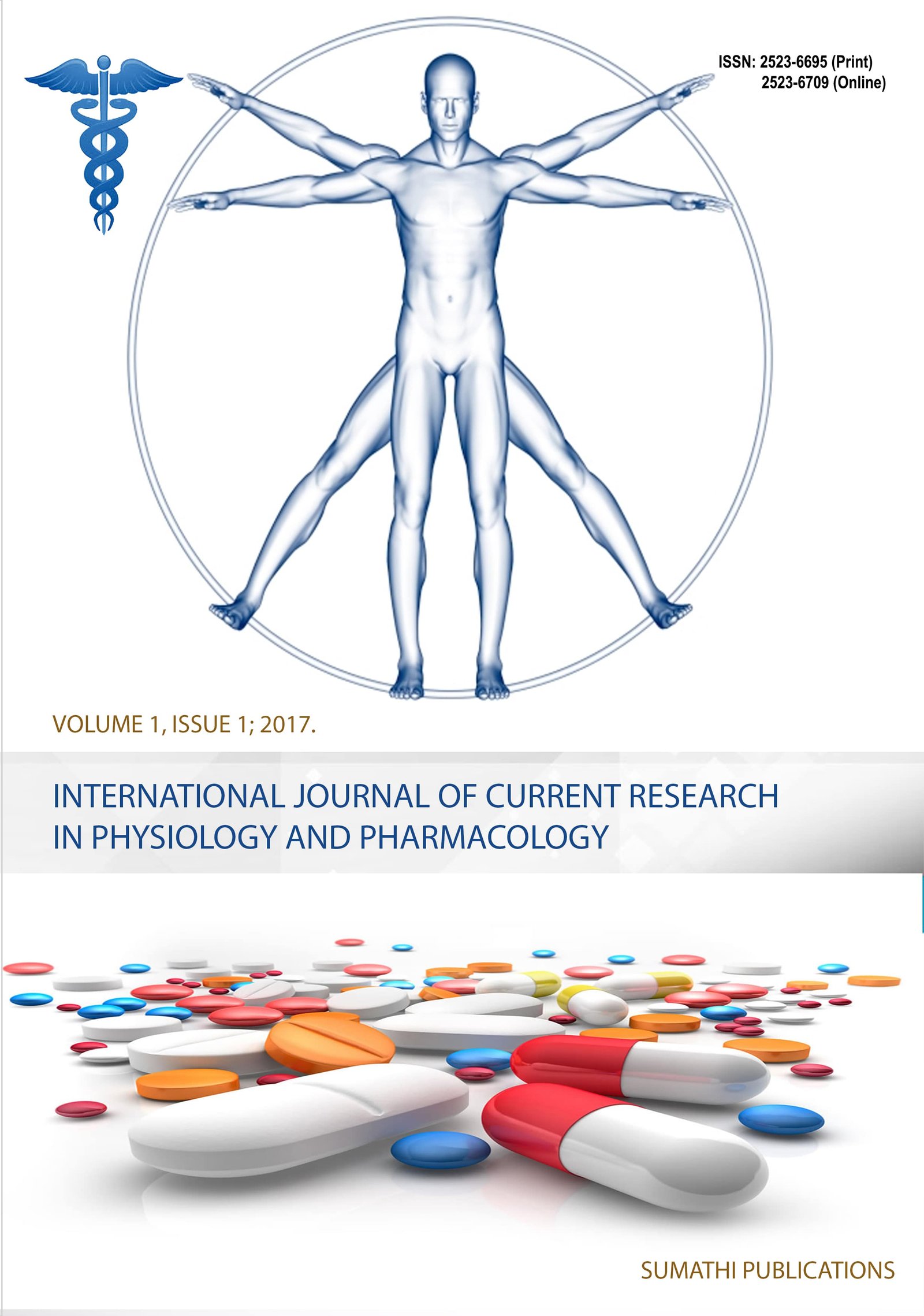Specificity and Personalized medicine: a novel approach to Cancer management
Keywords:
Cancer, Personalized medicine, therapeutic outcome, tumor.Abstract
With the advent of precision and personalized medicine (PPM), medical care may now be adapted to each patient's unique needs. Among the top causes of death in India is cancer. Maximum chemotherapeutic treatments are utilized for cancer patients, despite the lack of long-term effectiveness and significant side effects from these agents. To improve therapeutic success, a new tool called PPM was developed. Insights into pharmacogenomics have aided in the development of and the possibility for individualized cancer treatment. In modern PPM, genetic or other information on a particular patient is used systematically to select or optimize preventative and therapeutic therapy for that patient. Knowledge of a patient's protein, genetic, and metabolic profile can help doctors give them the best possible care. The development of companion diagnostics, in which molecular assays measuring levels of proteins, genes, or specific mutations are used to stratify disease status, pick the appropriate drug, and tune dosages there, is a central feature of this medical strategy. As a result, recent breakthroughs in oncology have piqued interest in the field as a whole, prompting calls for greater emphasis on the role of the oncology department or health care system in the quest for greater accuracy and individualization. In this article, we will examine the state of the art and discuss potential future developments that could help expedite the creation of PPM medicines for the treatment of cancer that has become resistant to standard therapies in individual patients. The focus will be on the phenotypic (activity-based) rather than the genotypic (mechanism-based) approach to PPM development, and how it can benefit cancer patients. The path to precise and individualized treatment has been opened by the article's perspective, in which focus is placed on the specific modifications of the tumor.
Downloads
References
Published
Issue
Section
License
Copyright (c) 2022 Imran Gani, Mudasir Maqbool, Irfat Ara

This work is licensed under a Creative Commons Attribution-NonCommercial-ShareAlike 4.0 International License.
The journal allows the author(s) to hold the copyright without restrictions and will retain publishing rights without restrictions.
The submitted papers are assumed to contain no proprietary material unprotected by patent or patent application; responsibility for technical content and for protection of proprietary material rests solely with the author(s) and their organizations and is not the responsibility of the journal. The main (first/corresponding) author is responsible for ensuring that the article has been seen and approved by all the other authors. It is the responsibility of the author to obtain all necessary copyright release permissions for the use of any copyrighted materials in the manuscript prior to the submission.
What are my rights as an author?
It is important to check the policy for the journal to which you are submitting or publishing to establish your rights as
Author. Journal's standard policies allow the following re-use rights:
- The journal allows the author(s) to hold the copyright without restrictions.
- The journal allows the author(s) to obtain publishing rights without restrictions.
- You may do whatever you wish with the version of the article you submitted to the journal.
- Once the article has been accepted for publication, you may post the accepted version of the article on your own personal website, your department's website or the repository of your institution without any restrictions.
- You may not post the accepted version of the article in any repository other than those listed above (i.e. you may not deposit in the repository of another institution or a subject-matter repository) until 12 months after publication of the article in the journal.
- You may use the published article for your own teaching needs or to supply on an individual basis to research colleagues, provided that such supply is not for commercial purposes.





